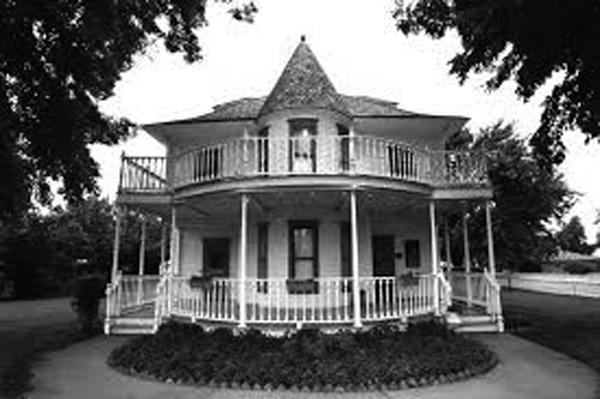Editor’s note: the language in this article is drawn directly from an old doctoral thesis and legislative proceedings of 1890 and 1907 and reflects the terminology of that era, not the standing of this newspaper or the Ferguson Home Museum of today.
In April 2023, the Watonga ninth grade Oklahoma government and Oklahoma history classes visited the T.B. Ferguson Museum, 1893 Watonga Jail and 1880s cavalry facility. The students visited other sites on the National Registry of Historic Places. One place they visited that was not on the registry is the old Dunbar School in Watonga. I thought it interesting that they would visit the ruins of this school and wondered what role the Ferguson administration may have played in having separate schools for Blacks and Whites. Desegregation in Watonga schools began following the 1954 Supreme Court decision that “separate but equal” was unconstitutional. I had two wonderful African American teachers who had come over from Dunbar, though I understand a lot of teachers lost their jobs as schools closed.
According to a doctoral dissertation titled A History of BlackPublic Education in Oklahoma by Leonard B. Cayton: “The opening of the 'Unassigned Lands' for settlement brought a new influence into Oklahoma. The Oklahoma Organic Act, signed by President Benjamin Harrison, May 2, 1890, provided a form of government for the Oklahoma Territory that set aside sections 16 and 36 for the benefit of schools. In 1891 the First Territorial Legislature gave counties the right to decide whether they should provide mixed or separate schools for Negro children. A majority of the counties decided to have separate schools.”
“From the advent of the Organic Act until the Supreme Court decision in 1954, segregated schools were a reality in Oklahoma. The Constitutional Convention, meeting during the winter and spring of 1907, met with little opposition in adopting legislation providing for separate schools. March 5, 1907, the members of the Constitutional Convention opened the business of the day by adoption of Article X III, Sec. 3. ‘Separate schools for white and colored children with like accommodations shall be provided by the legislature and impartially maintained. The term 'colored children' used in this section shall be construed to mean children of African descent’.”
It was not until 1934 that the Watonga Separate School obtained accreditation.
Even though T.B. Ferguson was a major supporter of public education as governor and supported African Americans (see previous articles this month), he served under the Territorial constitution that provided for separate systems during his term of 1901-1906.

